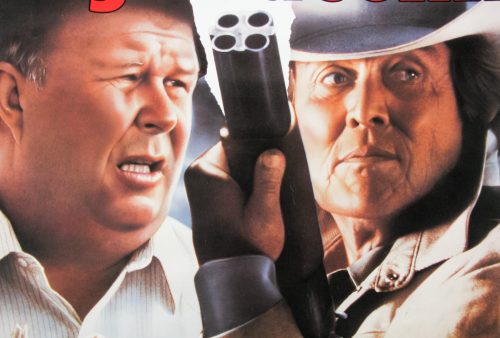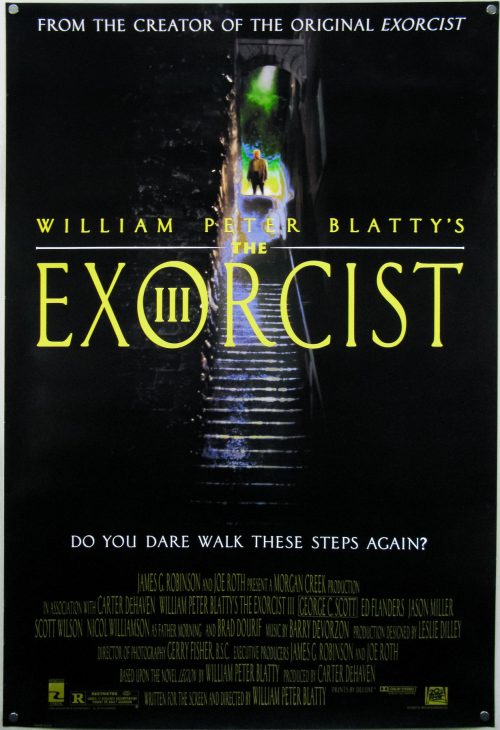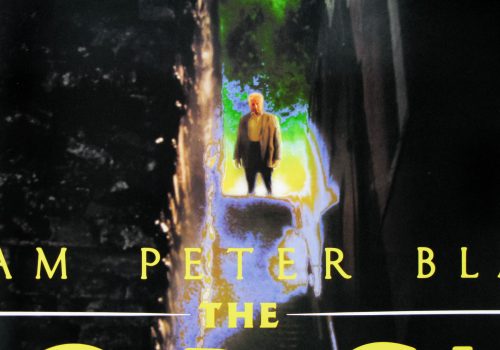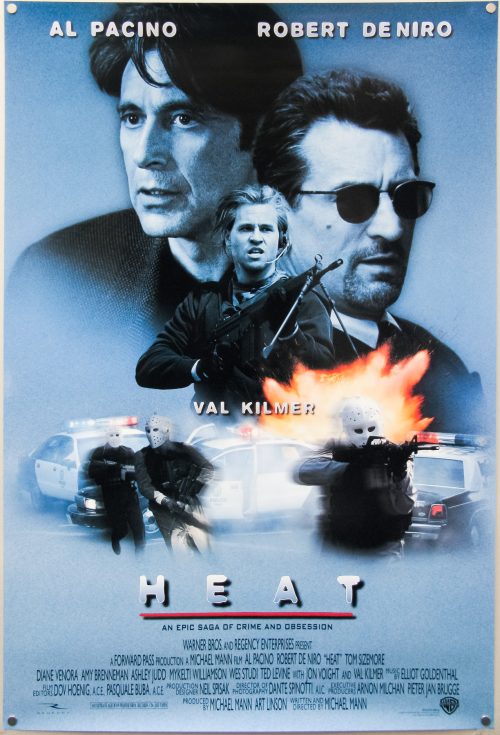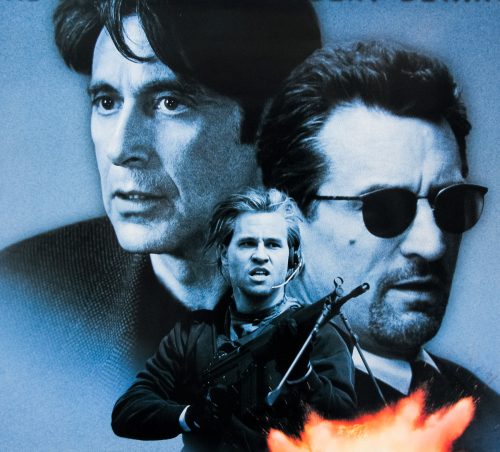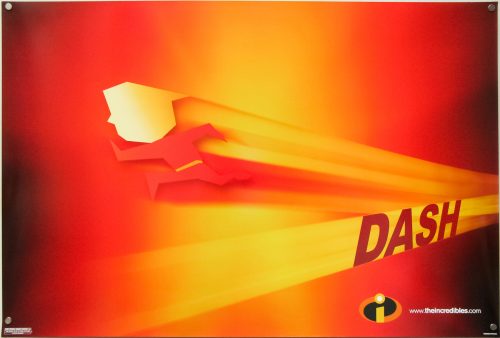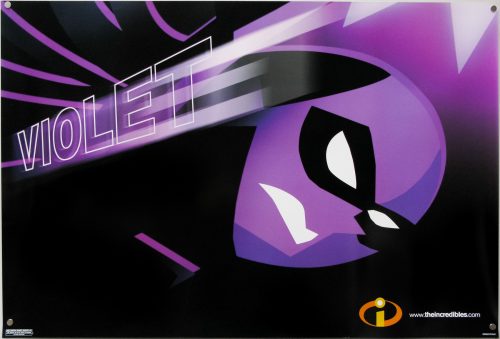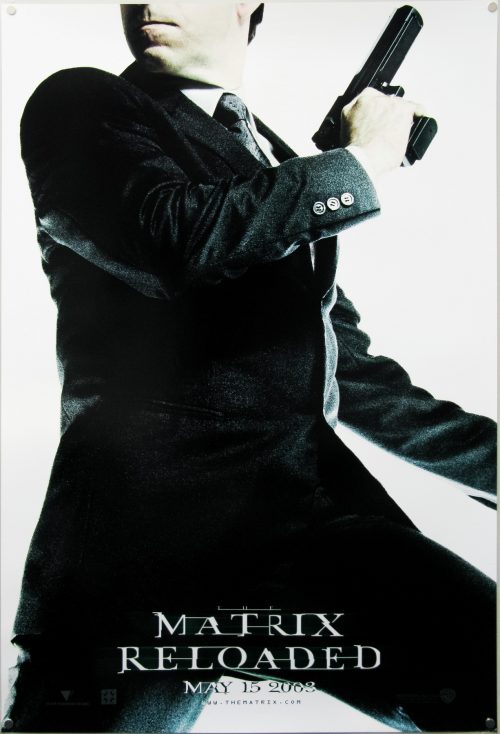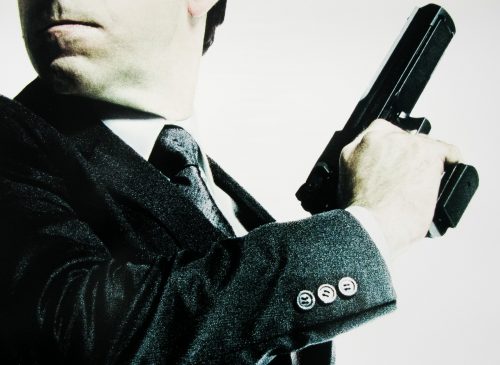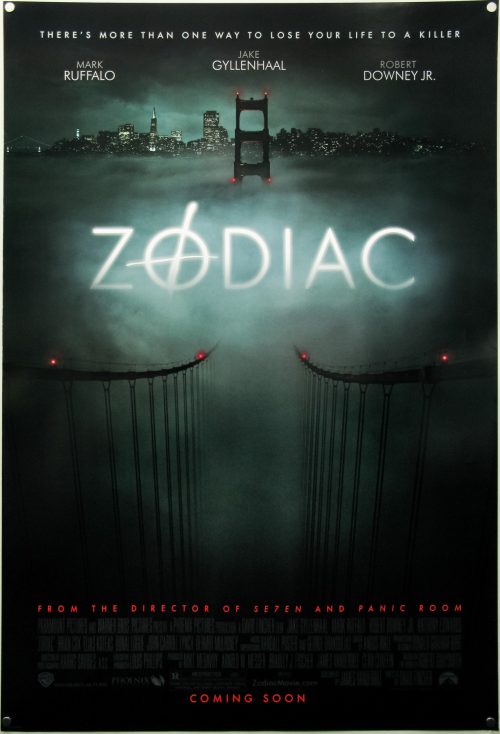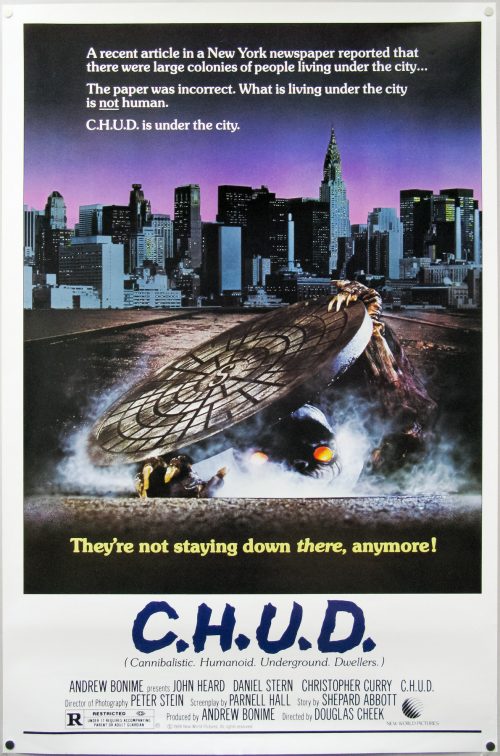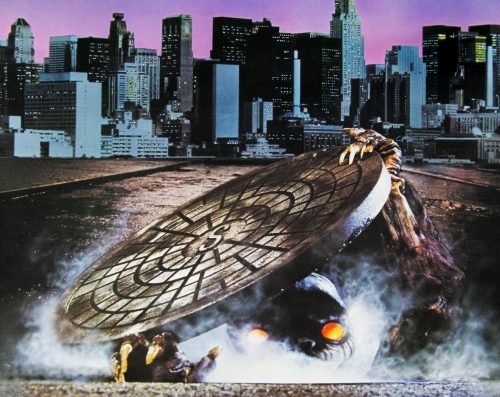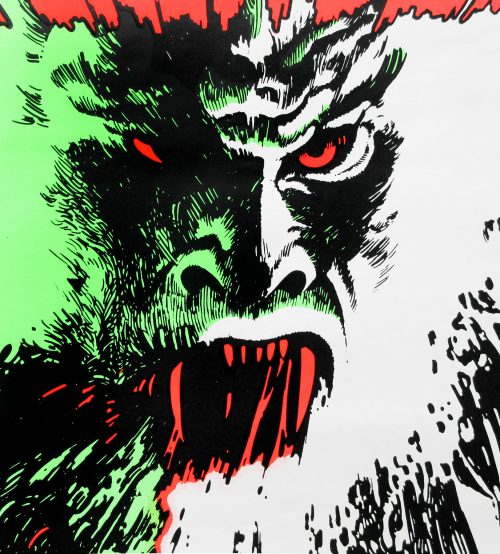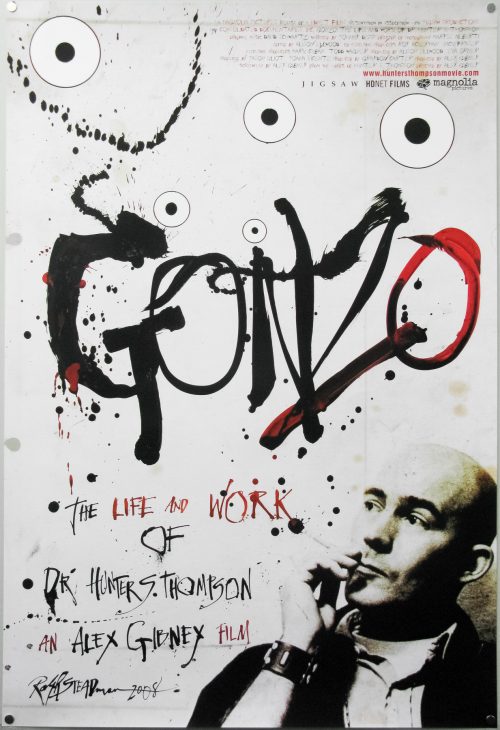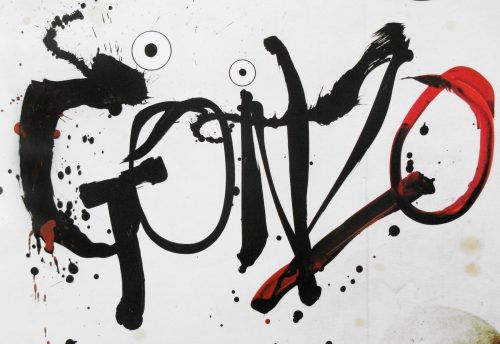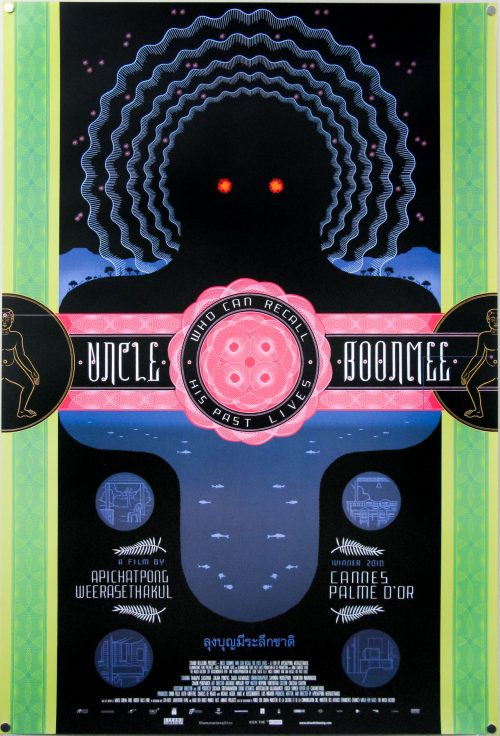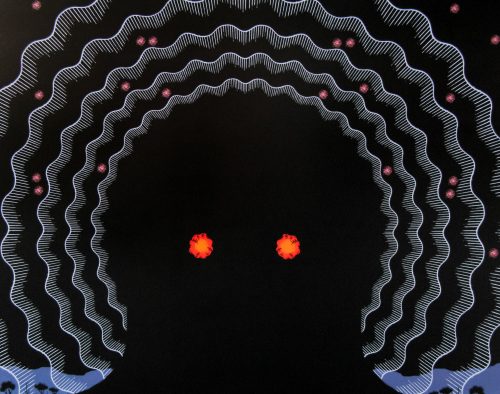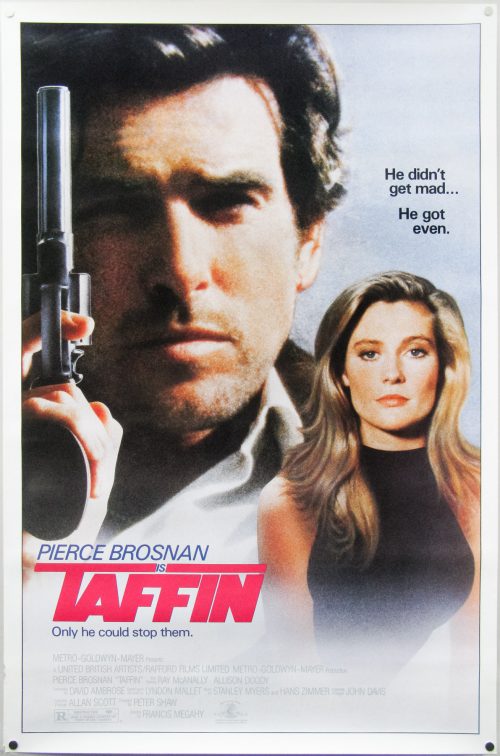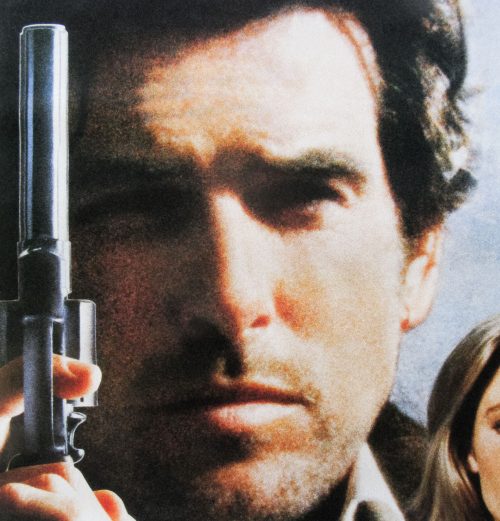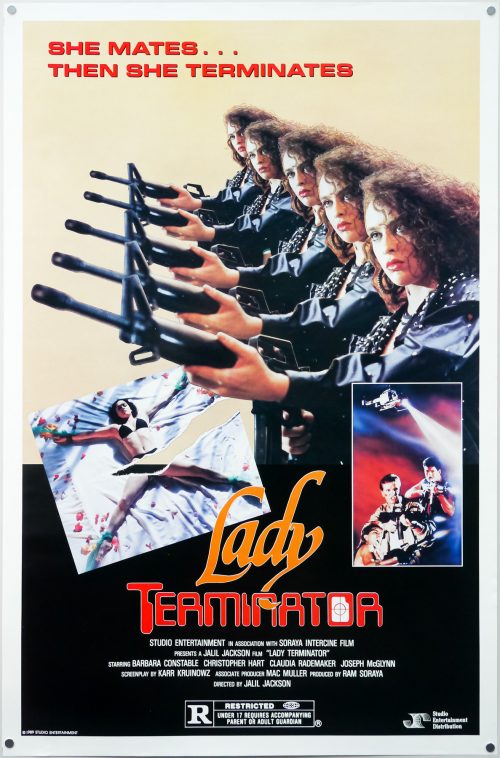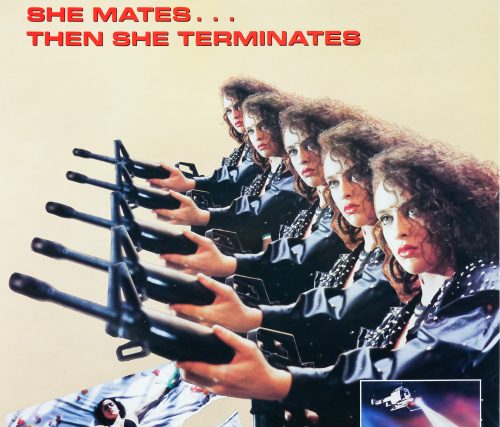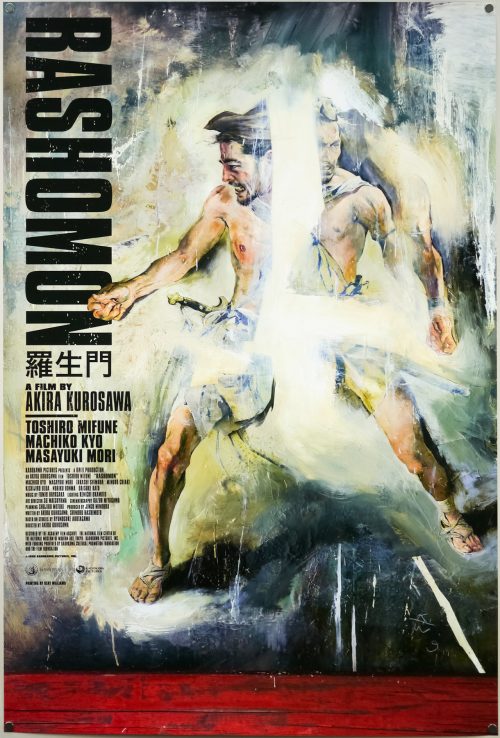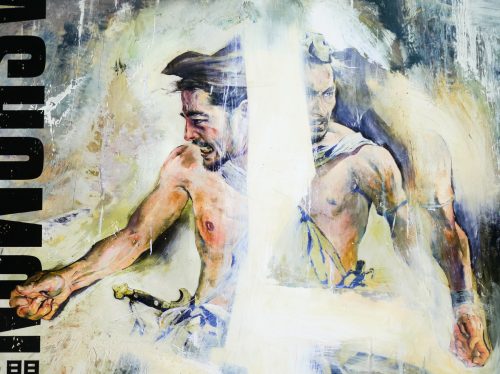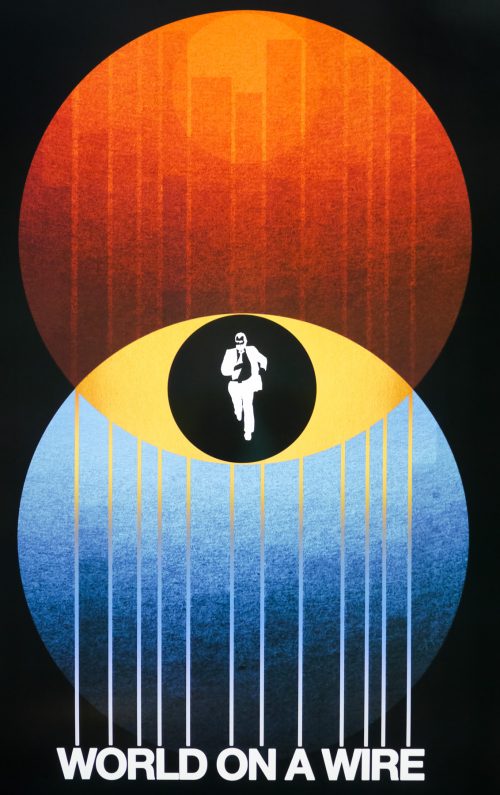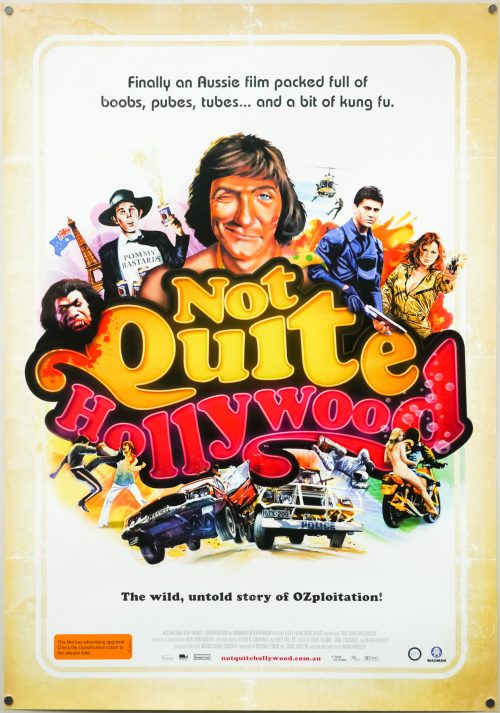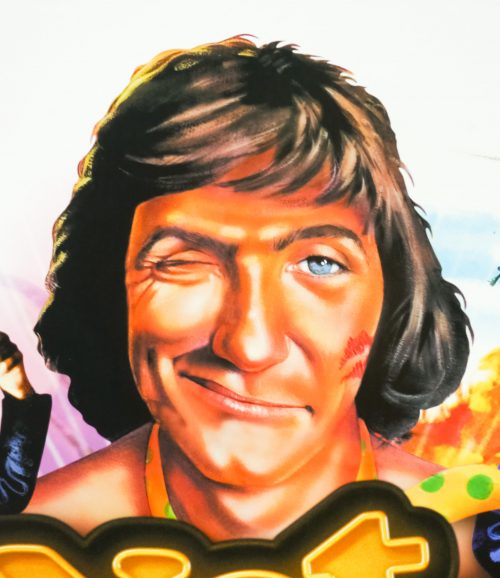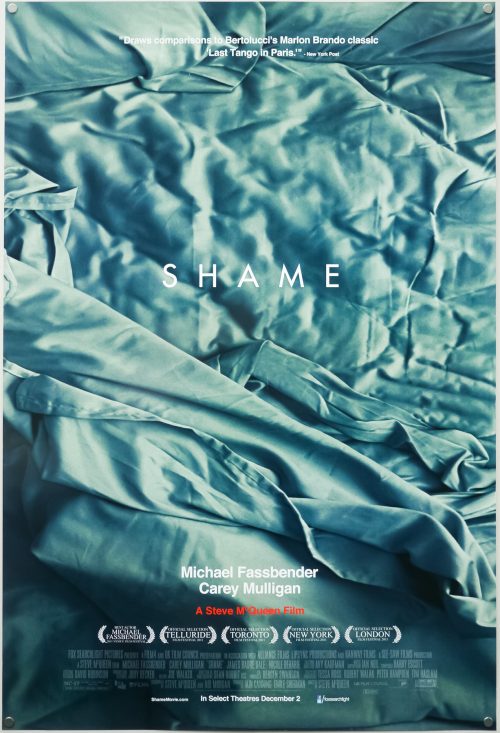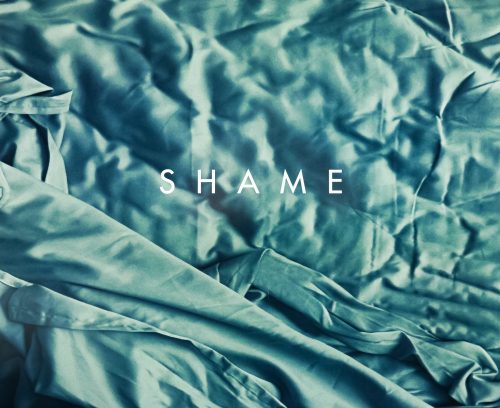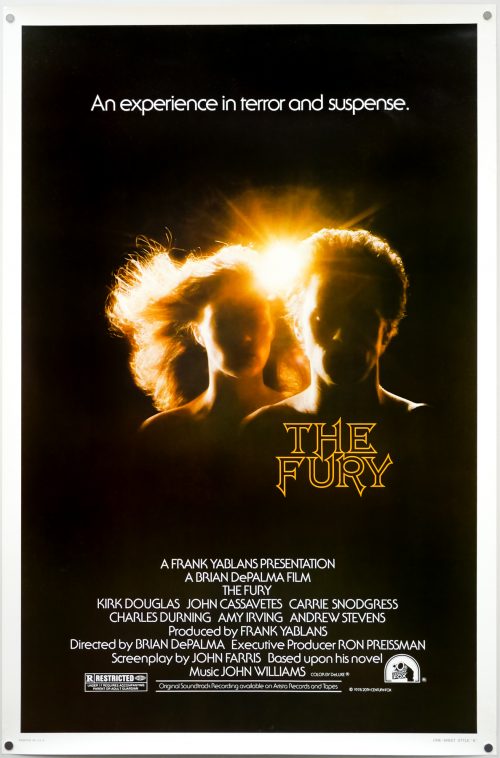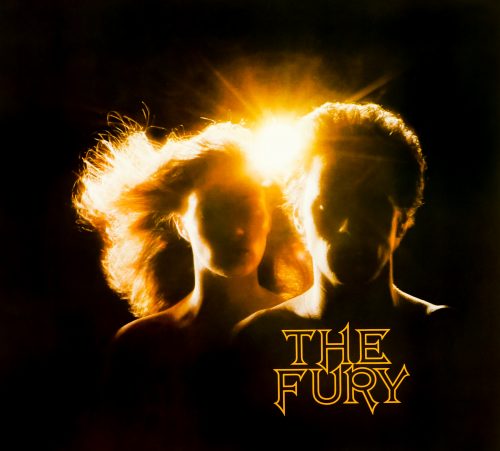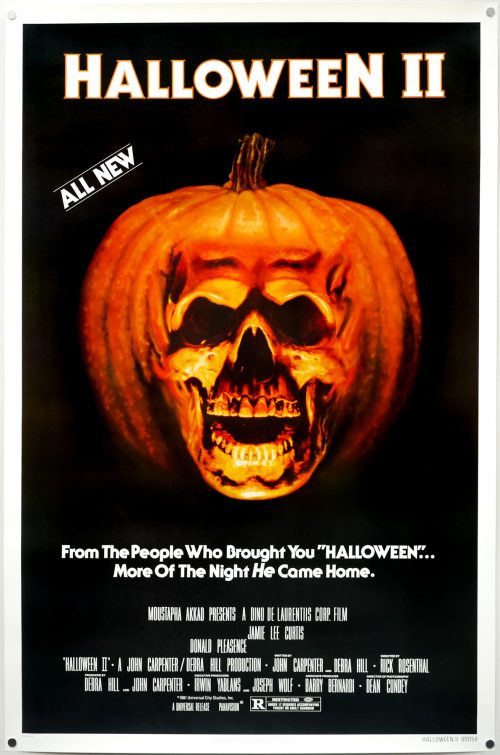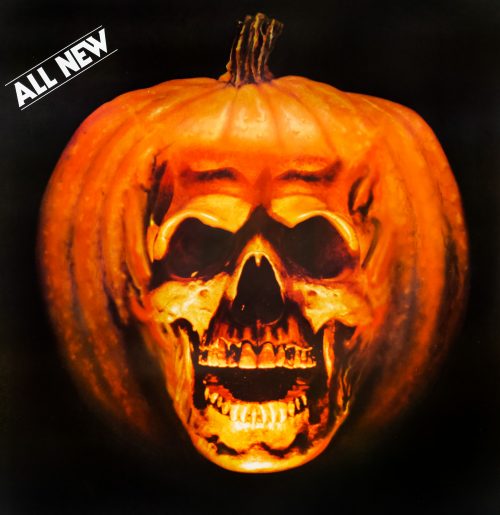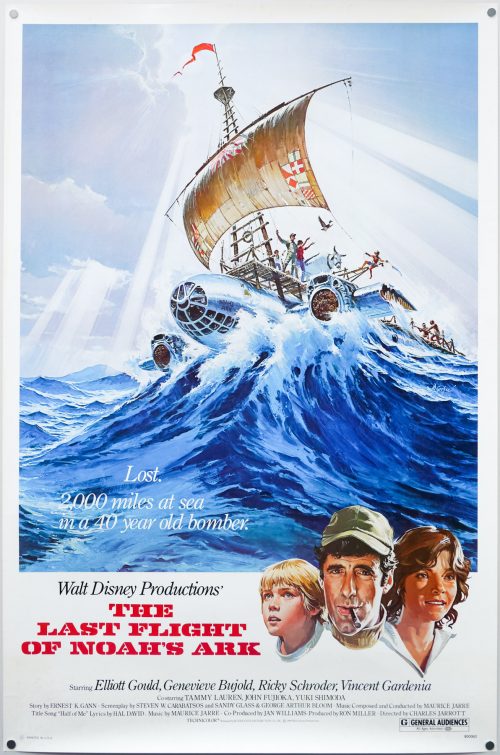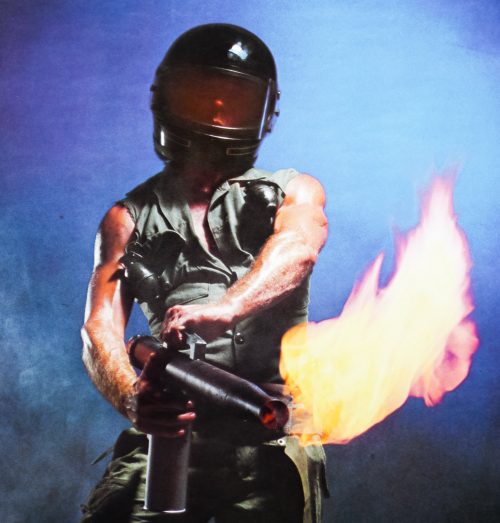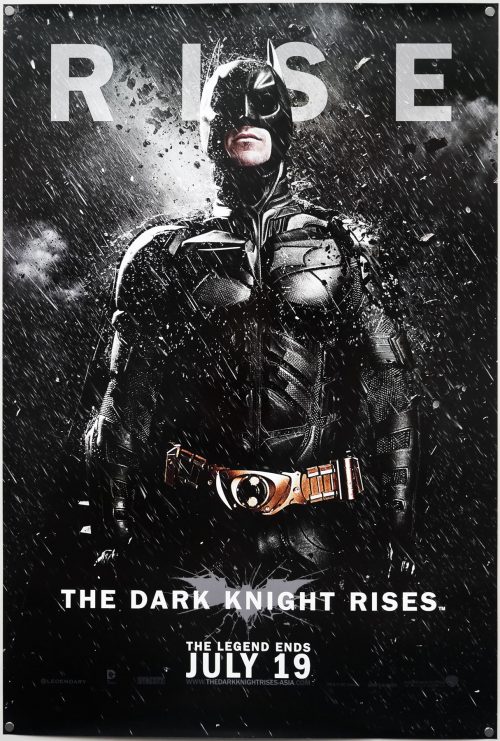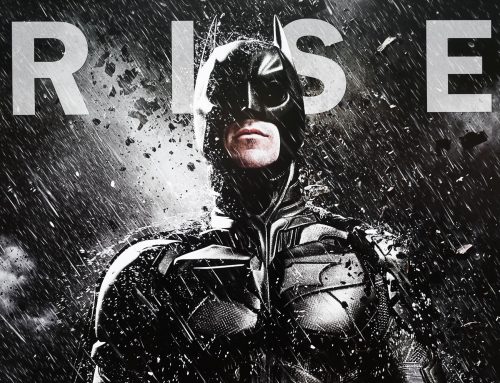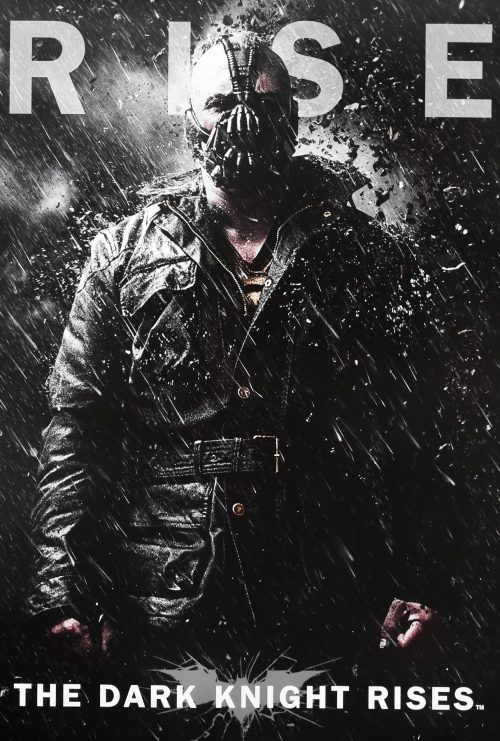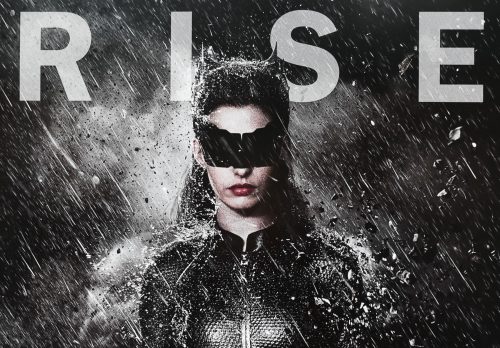- Title
- Legend of the Werewolf
- AKA
- --
- Year of Film
- 1975
- Director
- Freddie Francis
- Starring
- Peter Cushing, Ron Moody, Hugh Griffith, Roy Castle, David Rintoul, Stefan Gryff, Lynn Dalby, Renee Houston, Marjorie Yates, Norman Mitchell, Mark Weavers, David Bailie
- Origin of Film
- UK
- Genre(s) of Film
- Peter Cushing, Ron Moody, Hugh Griffith, Roy Castle, David Rintoul, Stefan Gryff, Lynn Dalby, Renee Houston, Marjorie Yates, Norman Mitchell, Mark Weavers, David Bailie,
- Type of Poster
- One sheet
- Style of Poster
- --
- Origin of Poster
- UK
- Year of Poster
- 1975
- Designer
- Vic Fair
- Artist
- Vic Fair
- Size (inches)
- 27" x 40"
- SS or DS
- SS
- NSS #
- --
- Tagline
- --
British designer and illustrator Vic Fair is responsible for the arresting poster for this 1975 horror film Legend of the Werewolf directed by Freddie Francis and produced by Tyburn Film Productions. Francis is probably best known as an Academy-Award winning cinematographer (Sons and Lovers, Glory), and he worked with David Lynch on The Elephant Man, Dune and The Straight Story. He’s also responsible for directing a slew of films for the British production companies Hammer, Amicus and Tigon, including Dr. Terror’s House of Horrors and Dracula has Risen from the Grave.
Tyburn was apparently set up by Freddie Francis’ son, Kevin, and was only active for a short period, producing three horror films in 1975, including this one, The Ghoul and Persecution. I wasn’t able to discover much more information about the company so please get in touch if you know anything of note.
The story is set in 19th century France and focuses on Etoile (David Rintoul) who is raised by wolves and is later found and adopted by a sideshow troupe traveling through the forrest. He eventually escapes to Paris and becomes infatuated with a prostitute (Lynn Dalby), but when her clients begin to be brutally murdered a police surgeon (Cushing) begins to suspect all is not quite right with Etoile.
Sim Branaghan, author of the excellent book British Film Posters: An Illustrated History is a fan of the film and sent this through to me shortly after I added the poster to the site:
I actually know a large amount about this film – and Tyburn – for the simple reason that a book was published by the BFI back in 1976, which exhaustively documented its production. The film happens to be one of my personal favourites and I think it is witty, thoughtful, and finally genuinely moving (if only in a small way). Tony Hinds’ script is classic dark-fairy-tale, the acting fine, Francis’s direction skilfully-unobtrusive and Harry Robinson’s score absolutely terrific. Cushing gives his usual model, controlled performance (rather more light-hearted than usual), Ron Moody is excellent, and David Rintoul fresh and sympathetic as the werewolf.
The supporting cast is a bit mixed, but nobody actively embarrasses themselves. Yes, the film is painfully low-budget and sometimes looks pretty threadbare, but it has HEART. Historically, it’s hugely significant as the last Costume Gothic produced in the UK (almost exactly eighteen years after the first, Curse of Frankenstein, back in autumn 1956). Hinds and Cushing worked on both of course, and the sense of fin-de-siecle here is palpable, and very poignant to a true fan of the genre.
Obviously all criticism is subjective, and you might well find plenty of other horror fans who’ll cheerfully tell you Legend is a pile of shite. But they’d be wrong.
The pictures of the poster don’t do the striking neon colours justice and I believe it was done with a type of screen-printing as they are particularly solid and bright in person.
Here’s a clip from the film featuring a red-tinted werewolf-vision attack.

